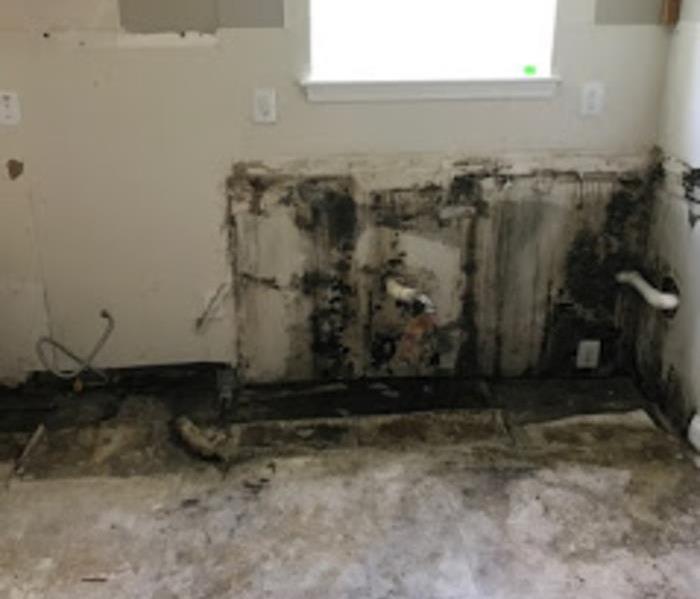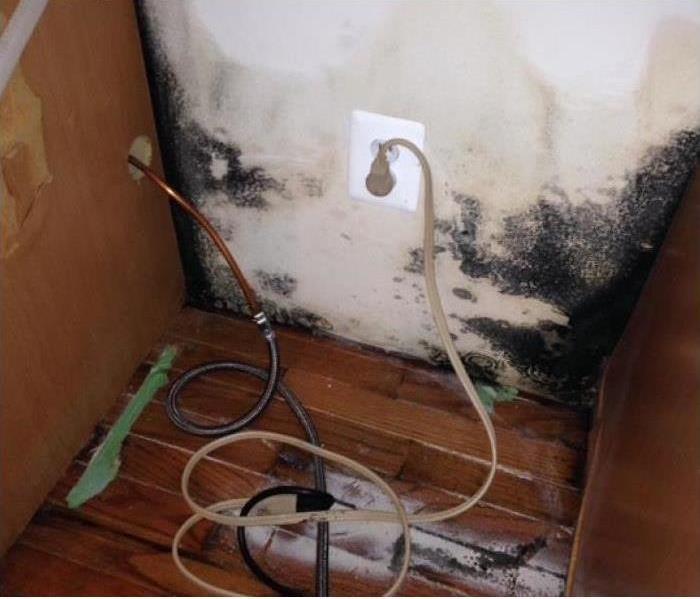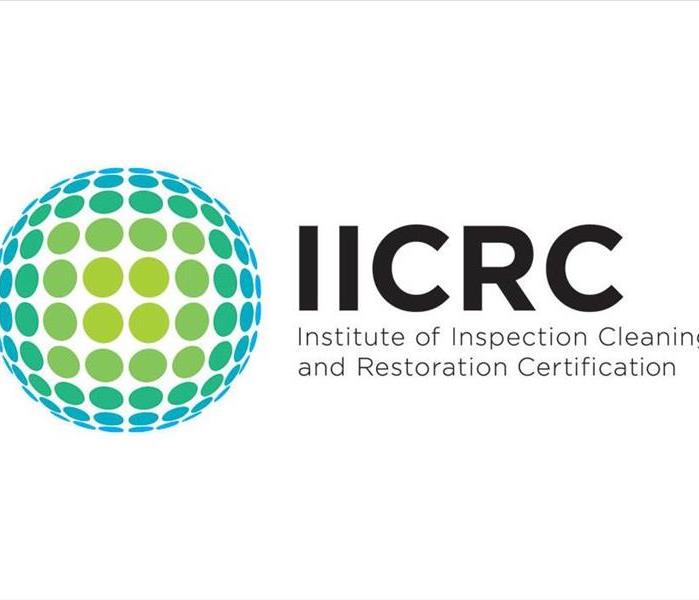Recent Mold Remediation Posts
Understanding Mold
4/15/2020 (Permalink)
When water intrudes into your property, mold growth can start in as little as 48 hours. Consider the following mold facts:
- Mold is present almost everywhere, indoors and outdoors.
- Mold spores are microscopic, float along in the air, and may enter your home through windows, doors, or AC/heating systems or even hitch a ride indoors on your clothing or a pet.
- Mold spores thrive on moisture. Mold spores can quickly grow into colonies when exposed to water. These colonies may produce allergens and irritants.
- Before mold remediation can begin, any sources of water or moisture must be addressed. Otherwise the mold may return.
- Mold often produces a strong, musty odor, and that odor can lead you to possible mold problem areas.
- Even higher-than-normal indoor humidity can support mold growth. Keep indoor humidity below 45 percent.
If You See Signs of Mold, Call Us Today –(610) 640-9533
Winterizing Tips to Prevent Mold
1/8/2020 (Permalink)
The wet season in the winter months is one of the best times of year for molds to grow and expand. Many times mold is contained near sources of water where it can easily grow and reproduce. As it grows, mold can break down and compromise the integrity and strength of the source in which it lives.
Mold can be killed, but if it is not removed properly, it can remain in the area just cleaned and the dry spores can be released into the air. Prevention is key to keep your health from being affected by mold and homes and buildings strong.
Here are some winter weatherizing tips to keep at bay:
- Keep all areas clean - mold feeds on dust
- Make sure all seals on windows and doors are not compromised and in good working condition
- Clean and repair roof gutters regularly
- If there are freezing temperatures, take measures to insulate pipes inside and out to ensure they will not crack and/or burst.
The two most important things to remember when trying to prevent mold growth are - keep everything clean and keep everything dry.
Kitchen Mold
1/7/2020 (Permalink)
A kitchen remodel turned south after a homeowner’s contractor removed their kitchen cabinets. Once removed, it was clear to see that the kitchen sink had been leaking for a period of time which allowed for the mold to grow into such a large area. In addition to the dry wall needing replaced, the tile flooring and sub flooring needed to be repaired and replace to ensure that the mold growth was contained. The kitchen was then cleaned and sanitized to confirm that this mold issue was cleared for the rest of the kitchen to be completed. New plumbing was added around the sink area for the cabinets and flooring to be installed without a worry of the leak returning. The kitchen remodel was completed and all signs of mold are gone.
Dishwasher problems in Malvern
12/18/2019 (Permalink)
A dishwasher leak can go unnoticed for a long time; in this case it was about 6 months. When the plumber arrived to pull out the dishwasher this is what he found. An unknown amount of mold growth behind the dishwasher and the adjacent cabinets.
SERVPRO of The Main Line was then called in to address the situation. Every mold job is first scoped by an experienced project manager to determine the best course of action for remediation that will create the smallest disturbance to the daily lives of the residents. In this case, part of the kitchen had to be removed to address the mold in full.
A full containment barrier with negative air pressure was setup to prevent mold spores from traveling into different parts of the home; granite counter tops were removed (without breaking); cabinets were unscrewed and set in the garage for safe keeping; all moldy drywall, insulation, and flooring were removed. The entire area was thoroughly cleaned by HEPA vacuuming and wet cleaning with anti-microbial. Job is ready for the repair team!
What is Mold?
10/31/2019 (Permalink)
Mold is a fungus that is grouped under the fungi family alongside mildew, mushrooms, and yeast. Although not all fungi are a threat to one’s health, under such conditions some fungi types are known to contribute to illness and disease. When fungi is able to grow and multiply in its ideal environment, that’s where problems start. What is an ideal environment you may ask? Well here at The Main Line we know that for mold spores to land, grow, and survive on a surface three criteria need to be met.
- Food Source: Mold as an organism needs a food source to survive which can be provided from organic materials such as wood, paper, drywall, insulation, and natural fibers.
- Temperature: Mold grows rapidly in more humid temperatures usually between 68° and 86°
- Moisture: Mold spreads rapidly in humid temperatures and when the humidity is over 65% it is ideal for growth.
Under the right circumstances, mold grows and reproduces through tiny spores. These spores are so tiny that they are not visible to the naked eye and travel through the air until they land and settle on a surface. Spores are built to survive and can lie dormant until all three criteria listed above are present.
Mold remediation Standard
10/31/2019 (Permalink)
Under the guidance from the Institute of Inspection Cleaning and Restoration Certification (IICRC) SERVPRO follows and implements a 5 principle mold remediation standard. The goal of mold remediation principles are to reduce mold, protect people and buildings from further mold contamination, and correct the moisture problem.
- Principle 1: Provide for Health and Safety Since moldy buildings are associated with health problems, re-mediators protect the health of workers and occupants. Some safety work practices prevent workers from exposure as they disturb the mold during cleanup. Other work practices prevent mold from spreading to clean areas of the building.
- Principle 2: Document Conditions and Processes Re-mediators record conditions in the building such as the extent of the contamination and the amount of moisture saturation. Once remediation is completed, an independent indoor environmental professional may record that mold in the building is returned to normal conditions.
- Principle 3: Control the Mold Contaminant at Its Source Work practices aim at keeping mold contamination from becoming airborne and then spreading from the source to clean areas. This reduces the amount of airborne mold that workers are exposed to. It also makes the process of removing mold more efficient.
- Principle 4: Remove Contamination Once mold has grown beyond normal levels, the most effective solution is to remove the excess mold contamination. This may be accomplished by physically removing materials damaged by growing mold, by vacuuming excessive mold spores into HEPA filters, and by damp wiping soiled surfaces with detergent cleaning products.
- Principle 5: Correct the Moisture Problem This is the key to dealing with mold. Stop the source of moisture that initially contributed to mold growth. Even the best cleanup efforts will not keep mold from returning if a building continues to have moisture problems.

 24/7 Emergency Service
24/7 Emergency Service


